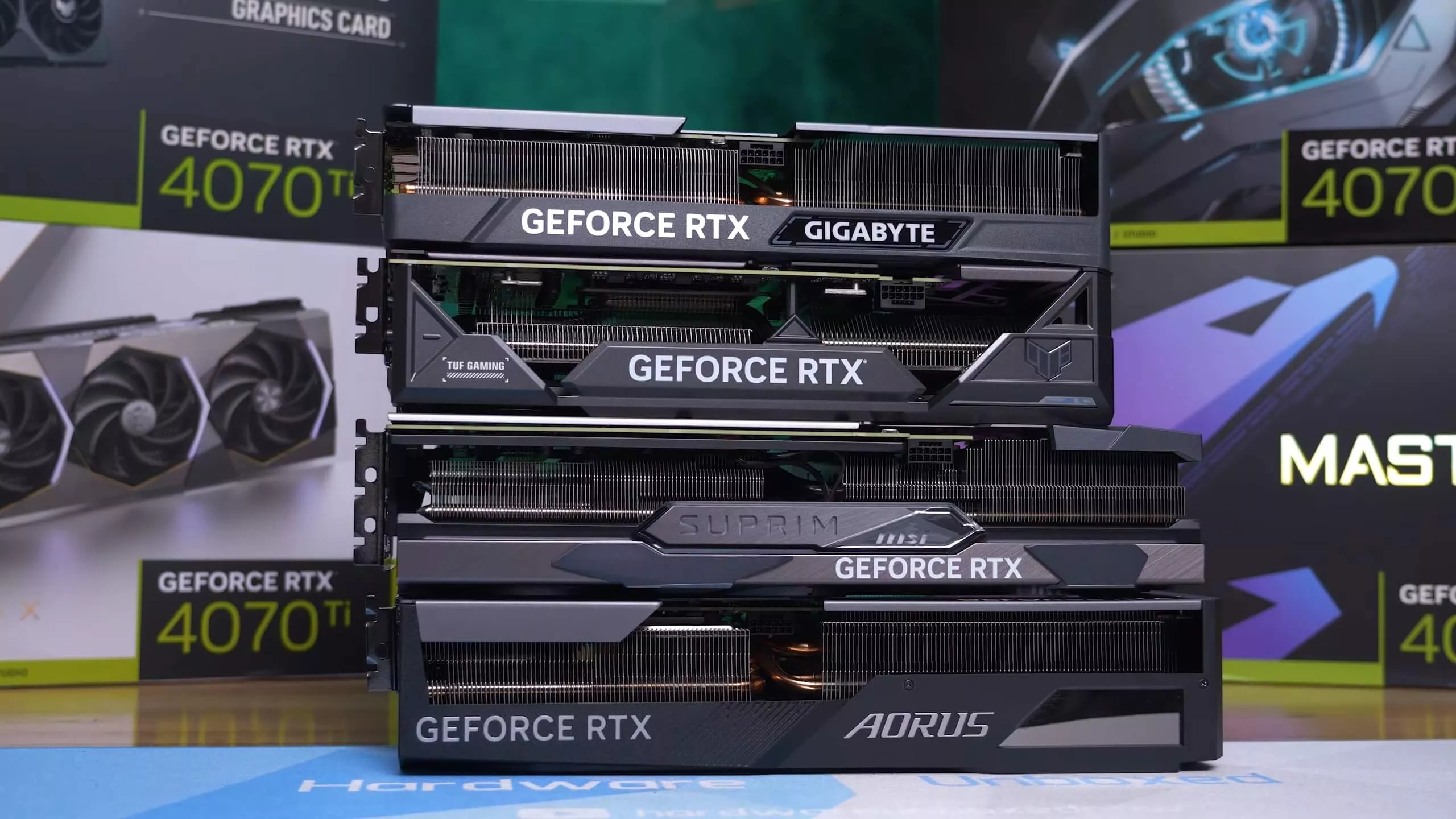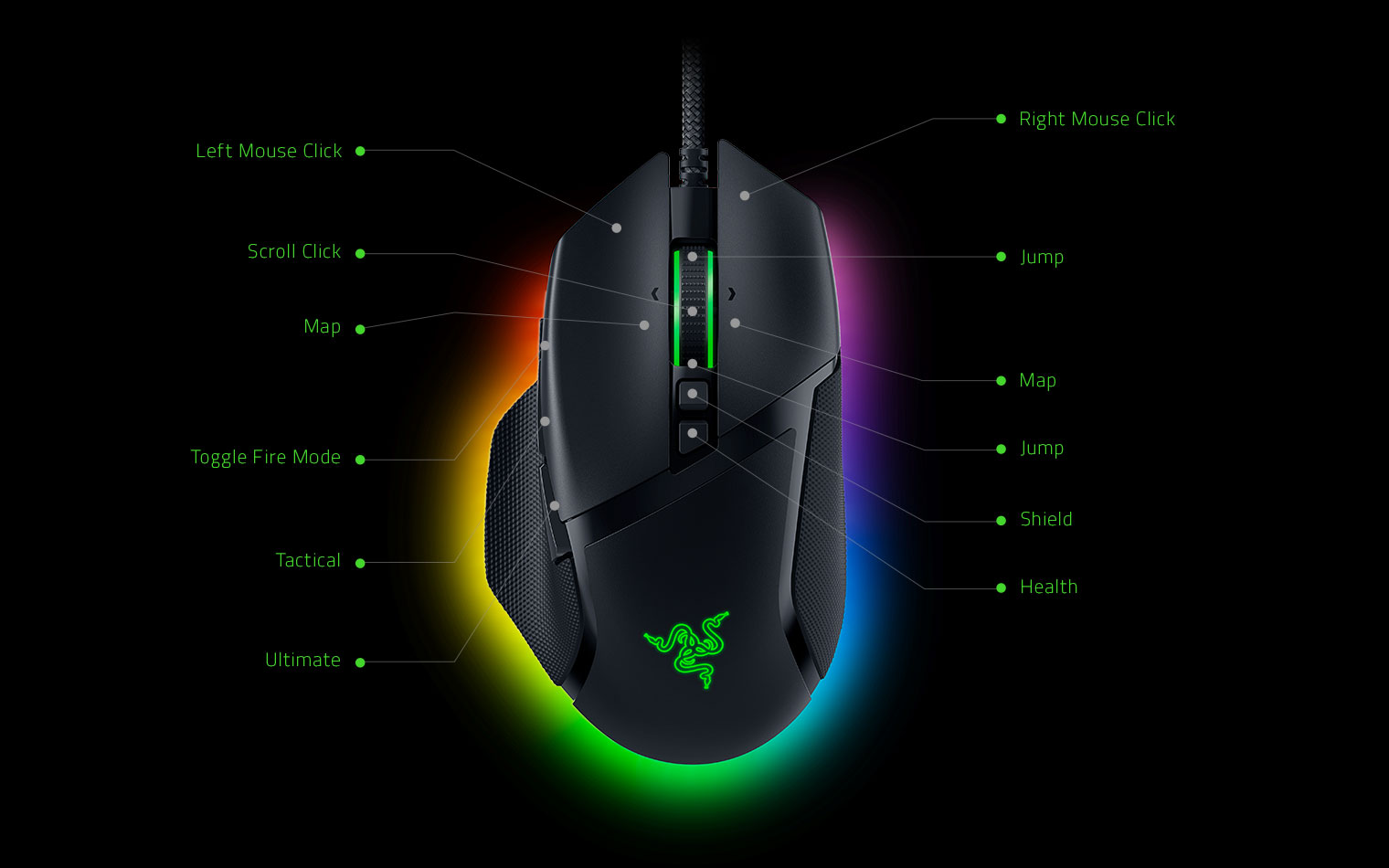
The phenomenon of “shrinkflation,” where prices remain the same while the product quality or quantity diminishes, has now impacted Nvidia’s RTX 4070 graphics card. The company’s latest update to this popular GPU involves a shift from the original 12GB of high-speed GDDR6X memory to the more basic GDDR6 memory. This adjustment, while seemingly minor, translates into a decrease in memory bandwidth of approximately 5 percent, reducing the memory speed from 21Gbps to 20Gbps, according to reports from VideoCardz.com.
Despite the downgrade in memory type, the core components of the RTX 4070, including the graphics processor and its clock speed, will remain unchanged. This means that, in practical terms, the performance difference between the previous GDDR6X model and the new GDDR6 variant will be minimal. Nvidia is opting to maintain the same product SKUs for these updated cards but will clearly label them as “GDDR6” to indicate the change in memory type. For consumers who are specifically seeking the higher performance of GDDR6X memory, typically found in Nvidia’s more premium models, sourcing the older version may require additional effort and vigilance.
Nvidia has stated that this transition to GDDR6 is intended to improve supply chain efficiency and availability in response to strong demand. While this change is presented as a strategic move to streamline production and distribution, it primarily benefits Nvidia and its suppliers, potentially at the expense of consumer expectations. Given the frequent fluctuations in graphics card pricing by the time they reach retailers, any potential adjustment in MSRP might not be easily noticeable. Thus, consumers may find themselves paying the same price for a slightly less capable product, reflecting the broader impact of shrinkflation in the tech market.




